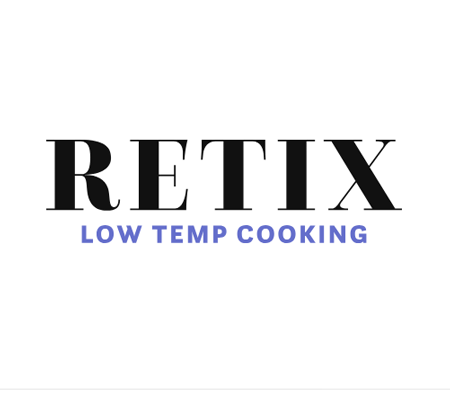
engineering office
comprehensive support
(measurement tools, control software and recipe development)
for
industrial low temp cooking machines
Soft cooking is a gentle cooking method that aims to cook foods, especially meat, at low temperatures for a longer period of time. This technique ensures that the food remains particularly tender and juicy, as the proteins in the meat slowly denature and the connective tissue becomes soft. Typical temperatures for tender cooking are often between 60 and 80 degrees Celsius, and cooking times can be several hours. This method is often used in modern gastronomy, for example in sous vide cooking, in which the food is cooked in a vacuum bag in a water bath. The advantages of tender cooking are not only the tenderness and juiciness of the meat but also the preservation of flavors and nutrients.
Moist heat cooking refers to various methods for cooking food with, or in, any type of liquid—whether it's steam, water, stock, wine or something else. Relative to dry heat cooking methods, moist heat cooking uses lower temperatures, anywhere from 140 F on the low end to a maximum of 212 F, which is as hot as water can get. Braising and Stewing
Poaching refers to cooking food in a liquid that has a temperature ranging from 140 F to 180 F. Poaching is typically reserved for cooking very delicate items like eggs and fish. At poaching temperatures, the liquid won't be bubbling at all, though small bubbles may form at the bottom of the pot. Simmering is distinguished by cooking temperatures that are a bit hotter than with poaching—from 180 F to 205 F. Here we will see bubbles forming and gently rising to the surface of the water, but the water is not yet at a full rolling boil. Because it surrounds the food in water that stays at a fairly constant temperature, food that is simmered cooks very evenly.
Steaming Once water is heated past the 212 F mark, it stops being water and turns into steam. As far as physical agitation goes, steaming is very gentle, making it ideal for cooking seafood and other delicate items. It also has the advantage of cooking quickly while avoiding the loss of nutrients through leaching. Interestingly, steam's maximum temperature is also 212 F, just like water. But unlike water, steam can be forced to exceed this natural temperature limit by pressurizing it. The higher the pressure, the hotter the steam becomes. Cooking with pressurized steam requires specialized equipment, though, so it's not something that a home cook would typically use.
Sous-vide and low-temperature cooking are just two of the many techniques and processes that are revolutionizing modern cooking. Despite their growing popularity, many remain confused about the difference between low-temperature cooking and sous-vide—including equipment manufacturers. Between the two, low-temperature cooking is undoubtedly the more important. Low-Temperature Cooking Defined: Cooking low temperature does not mean cooking food to a lower internal temperature than is traditional. Low-temperature cooking refers to the temperature of the cooking medium, not the final temperature of the food being cooked.
